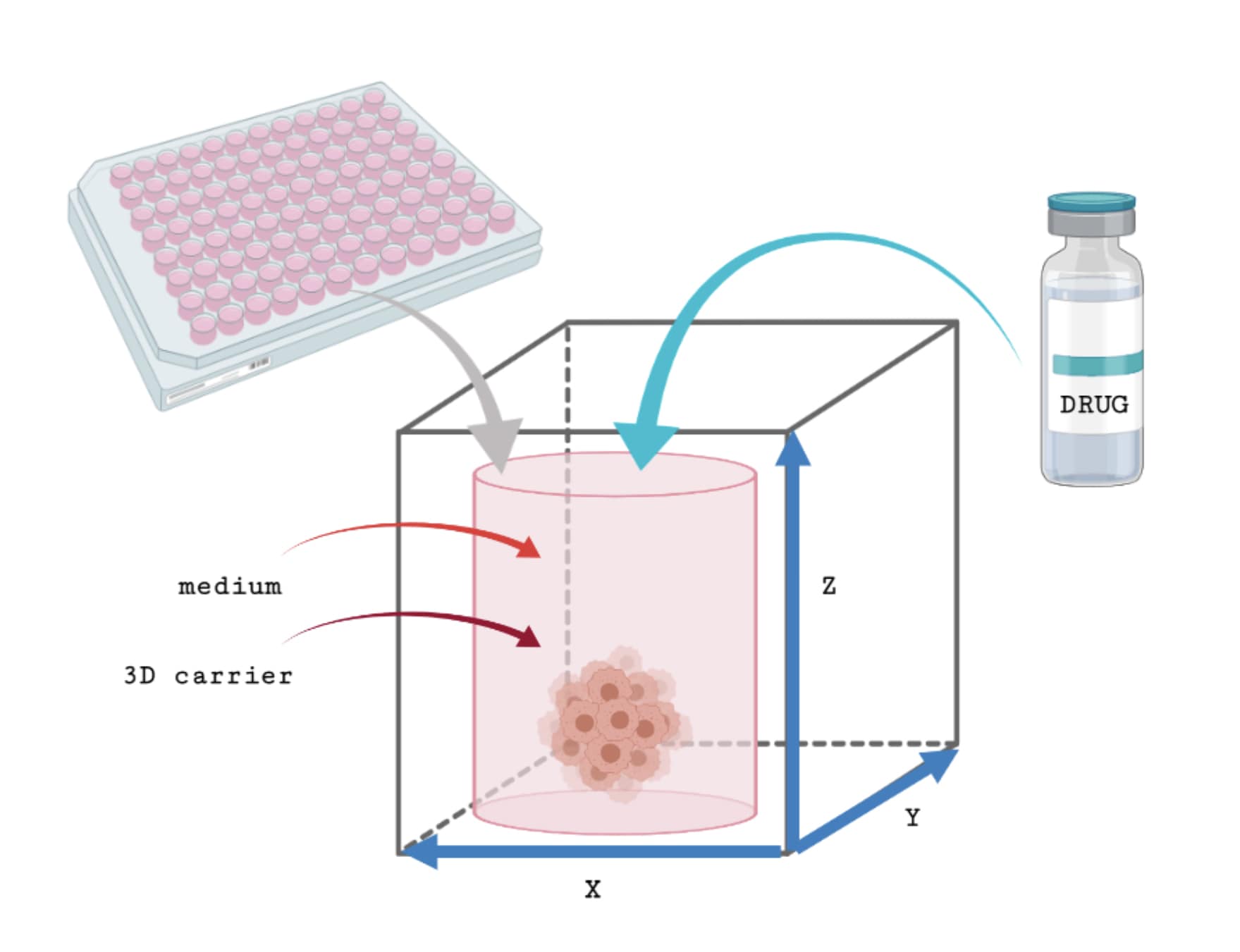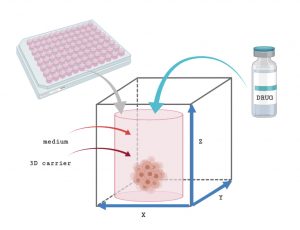
07 May 3D cell culture in drug discovery
The introduction of a new drug by pharmaceutical companies is preceded by long-term and costly research at the stage of basic, preclinical and clinical research. The final stage is clinical trials, during which the drug is administered to a certain number of candidates. The aim of the long-lasting experiments is to develop a recipe for an innovative drug. Unfortunately, the probability of a positive completion of drug testing in the phase of clinical trials is low with value around 10%. To speed up the process and improve research efficiency, the molecules should be more accurately and effectively studied in the preclinical phases.
3D cell culture provide an excellent alternative to currently routinely used methods during traditional preclinical procedures. The use of 3D cell cultures brings a number of benefits for both pharmaceutical companies and patients:
- the ability to test drugs in conditions similar to physiological (use of a protein matrix; the possibility of long-term cell culture); consequently it is possible to restore the morphological, functional and microenvironmental features of human tissues and organs;
- minimizing the use of animals for research;
- minimizing of financial outlays incurred for the clinical trial phase due to earlier in vitro testing of drugs and rejection of unsatisfactory drugs;
- the risk reduction for candidates participating in the clinical phase of research;
- the possibility to testing more active substances;
- the shortening the time to market the drug.
There are several important considerations when choosing a 3D cell culture method for drug testing:
- the degree to which selected technology will reflect the physiological conditions;
- the test toxicity;
- the complicating of the method;
- the universality of the method and the possibility to easy customize for testing different drugs;
- the cost and the ease of visualizing the test results;
- the method repeatability.


